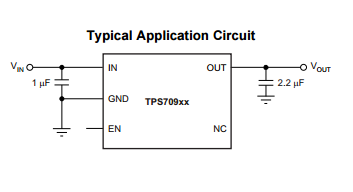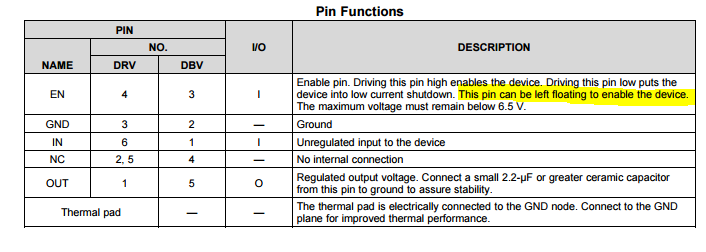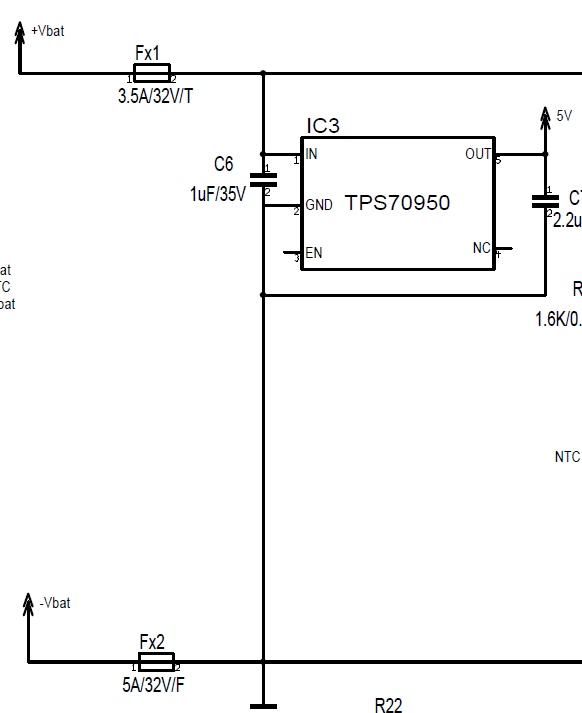Hi,
In our application we are using Linear Regulator TPS70950. Design is made according to TI datasheet. Main issue is related to Enable pin of TPS70950 and how it is used or should be used, do we have some changes regarding the way of using that pin.
- This is proposed application from Texas Instruments side for TPS76950 linear regulator. Please see image below, took from datasheet.
Figure 1 Proposed application circuit
- According to datasheet ENABLE pin can be left floating to enable the device (AS WE DID), please see table below.
Table 1
- We made our design according to application TI proposal.
Figure 2
On all sample boards that we made we didn't notice any problem with enabling linear regulator (TPS70950), our circuit worked fine. Now we produced significant number of PCBs, with recently bought chips, and we have a problem that on all boards TPS70950 chip doesn’t want to produce +5V on its output, for 7.2V<Vin<12V, if ENABLE pin is left floating. If we add pull-up resistor to EN pin circuit works fine, chip is enabled and +5V is on output pin.
- What can be cause of this behavior?
- Is it possible that new chip on market has different behavior than previous version?
- What is changed about specification and way of use of TPS70950 Enable pin (revision note), and if is changed from which date of production that change is applied?
Thank you in advance for you help,
Djordje




